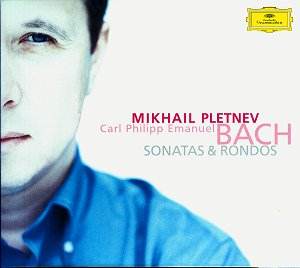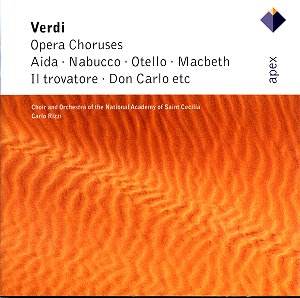 Composer: Ludwig van Beethoven
Composer: Ludwig van Beethoven
Works: Symphony No. 3 “Eroica”, Joseph Haydn Symphony No. 101 “The Clock”
Performers: Symphony Orchestra of Southwest German Radio, Baden-Baden; Vienna Symphony Orchestra; Jascha Horenstein (conductor)
Recording: Recorded in 1957
Label: Vox Legends VOX 7807
Beethoven’s Symphony No. 3, “Eroica,” stands as a monumental bridge between the classical and romantic eras, heralding a new approach to symphonic form and expression. Composed in 1803-04, it reflects not only Beethoven’s burgeoning individualism but also the political landscape of his time, particularly its reflections on heroism and personal struggle. The juxtaposition with Haydn’s Symphony No. 101, composed in 1794, is particularly illuminating, as it allows listeners to consider the evolution of symphonic language and emotional depth within a mere decade.
Jascha Horenstein’s interpretation of Beethoven’s “Eroica” in this Vox reissue, however, presents a complex interplay of strengths and weaknesses. The first movement unfolds with an unwavering, almost methodical drive, where Horenstein opts for a singular tempo that, while providing a structural overview, ultimately sacrifices some of the vitality and dynamism that Beethoven’s score demands. The orchestral execution here feels somewhat lackluster, as the ensemble struggles to project the requisite energy, leading to a performance that can come across as a mere “run-through” rather than a fully realized interpretation. The lyrical qualities that emerge at times hint at a deeper emotional landscape, yet they are often overshadowed by a pervasive sense of dourness. Horenstein’s decision to adopt slower tempos may appeal to those who relish a grand, romantic take on the work, yet it often undermines the essential character of the symphony, particularly in the spirited passages that should evoke a sense of triumph.
The second movement, marked “Marcia funebre,” fares much better and showcases Horenstein’s ability to evoke a profound sense of gravitas. The darker tonal palette is expertly navigated, especially during the fugal section, where Horenstein’s control heightens the tension effectively. This intensity offers a compelling counterpoint to the earlier movement, yet it is the succeeding scherzo that again reveals the shortcomings of the performance. Here, the music’s inherent buoyancy is dampened by Horenstein’s dogged pacing, failing to convey the essential lift that should herald the transformative finale. The final movement, while containing moments of striking clarity, ultimately lacks the exuberance and exuberant release that is the hallmark of Beethoven’s vision.
In stark contrast, Haydn’s Symphony No. 101, “The Clock,” is delivered with a sense of grandeur that highlights Horenstein’s strengths as a conductor. The expansive sonorities of the Vienna Symphony Orchestra provide a satisfying foundation, with meticulous attention to the woodwinds that enrich the overall texture. Horenstein’s interpretation embraces the symphony’s delightful playfulness, particularly evident in the second movement’s clock-like rhythmic motif, which swings with an impressive heft. The balance of the recording pays homage to the Vox style—warm, reverberant, yet clear—allowing Haydn’s orchestration to shine through, albeit with a slight distortion that betrays its 1950s origins.
Horenstein’s traversal of the “Eroica” ultimately feels overshadowed by the wealth of superior interpretations available, particularly from conductors such as Monteux and Klemperer, whose readings capture the multifaceted nature of Beethoven’s work with greater finesse and emotional range. This recording may serve as a curiosity for Horenstein admirers or those exploring the evolution of orchestral interpretation, but it lacks the compelling conviction necessary for a definitive performance of one of the symphonic repertoire’s crown jewels. The Haydn, while a solidly enjoyable offering, does not quite redeem the unevenness of the Beethoven. The listener is left with a sense that both works, particularly the “Eroica,” deserve a more robust and nuanced presentation to fully capture their historical and emotional resonance.



